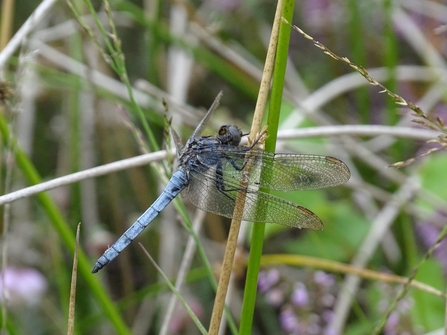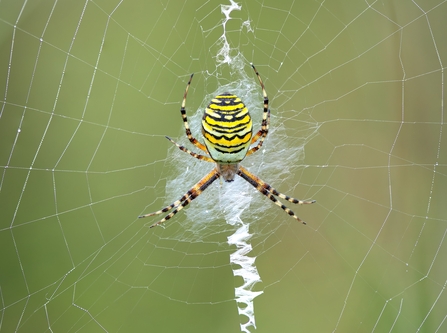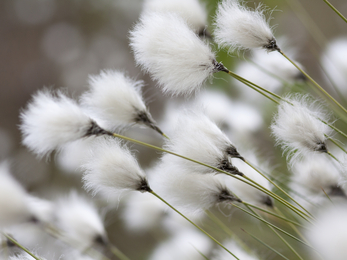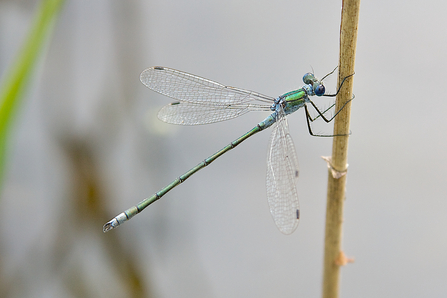Although it may seem like just mud, boglands are an integral part of our UK ecosystems. They support huge biodiversity comprised of thousands of species found in no other habitats. Because of their strongly acidic composition, only a certain array of plants can survive in bogs. Unfortunately, this wonderful habitat has become scarce in Norfolk, but the Norfolk Wildlife Trust have been fighting to preserve it. Recently I visited some of their key bogland nature reserves - Roydon Common, Grimston Warren and East Winch Common - to search for the wonderful flora and fauna that totally depend on these conditions. I must say, I was overwhelmed with new species!
Upon arrival at Roydon, I was welcomed by a blanket of heather as far as the eye can see. Two red kites quartered the edge of birch woodland, their russet undersides gleaming in the strong morning light. Already wildlife was abundant, and we hadn't even left the car park!
Our group traipsed through the glorious magenta flowers towards the lower, boggier areas, and soon encountered our first target dragonfly species. On the gravel track in front of us was a bright, slender insect the length of my little finger. Its abdomen was wholly duck-egg blue, and its goggle-like compound eyes shone teal green. One of my favourite British dragonflies, this was the beautiful male keeled skimmer. Easily recognisable by its mostly pale blue body, this is a species restricted to peat pools on open heathland and moorland. As a result, Roydon Common is a lifeline to keeled skimmers, and without the hard work done to maintain this site they would be nothing but a distant memory. As it turned out there were many more of these, basking nonchalantly on bare ground in the sun. Females quickly made an appearance too, creeping out of the vegetation to enjoy the warm summer air; these are a lovely golden-brown colour, with a distinctive dark ridge (the keel) running down the length of the abdomen, from which it gets its name.






